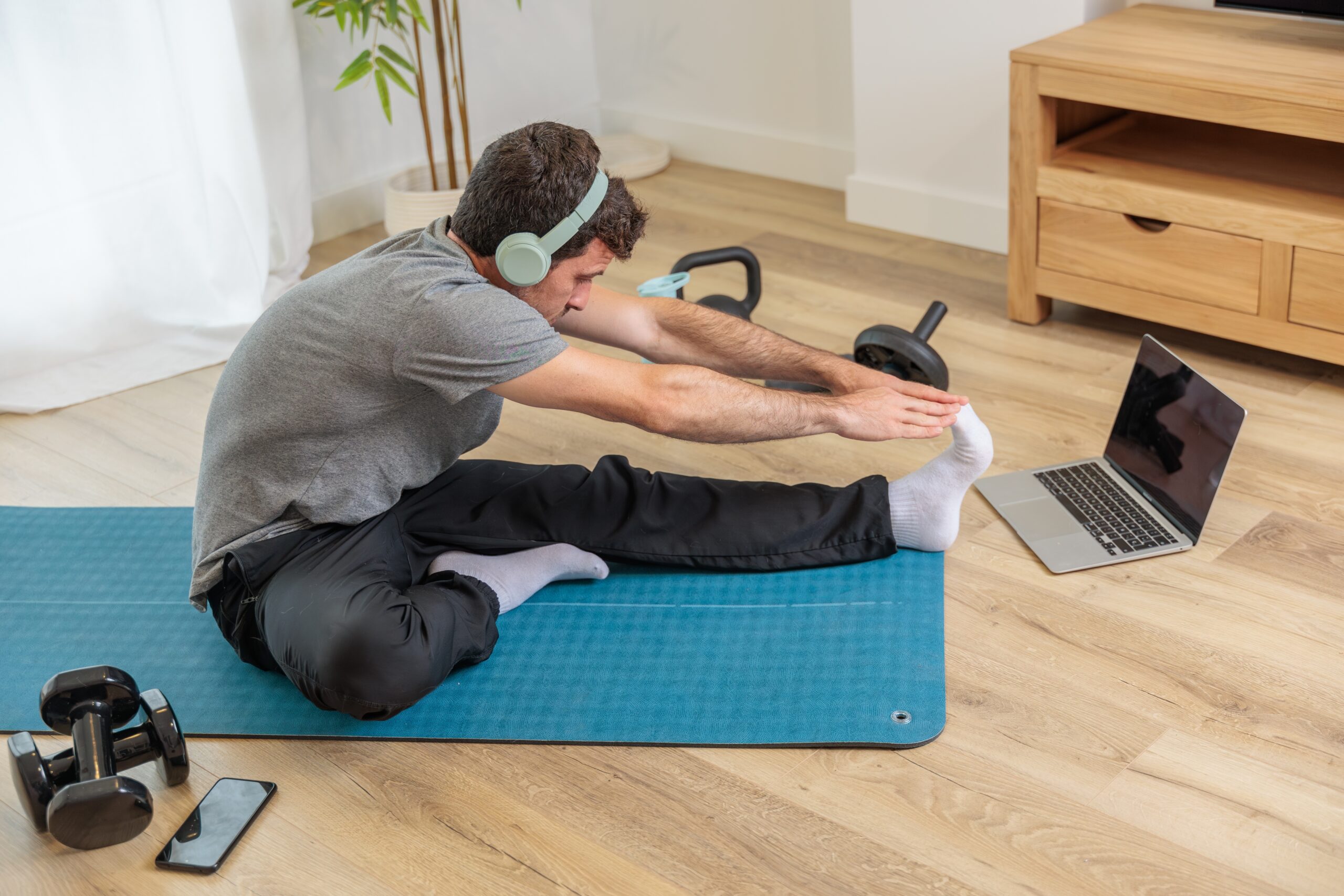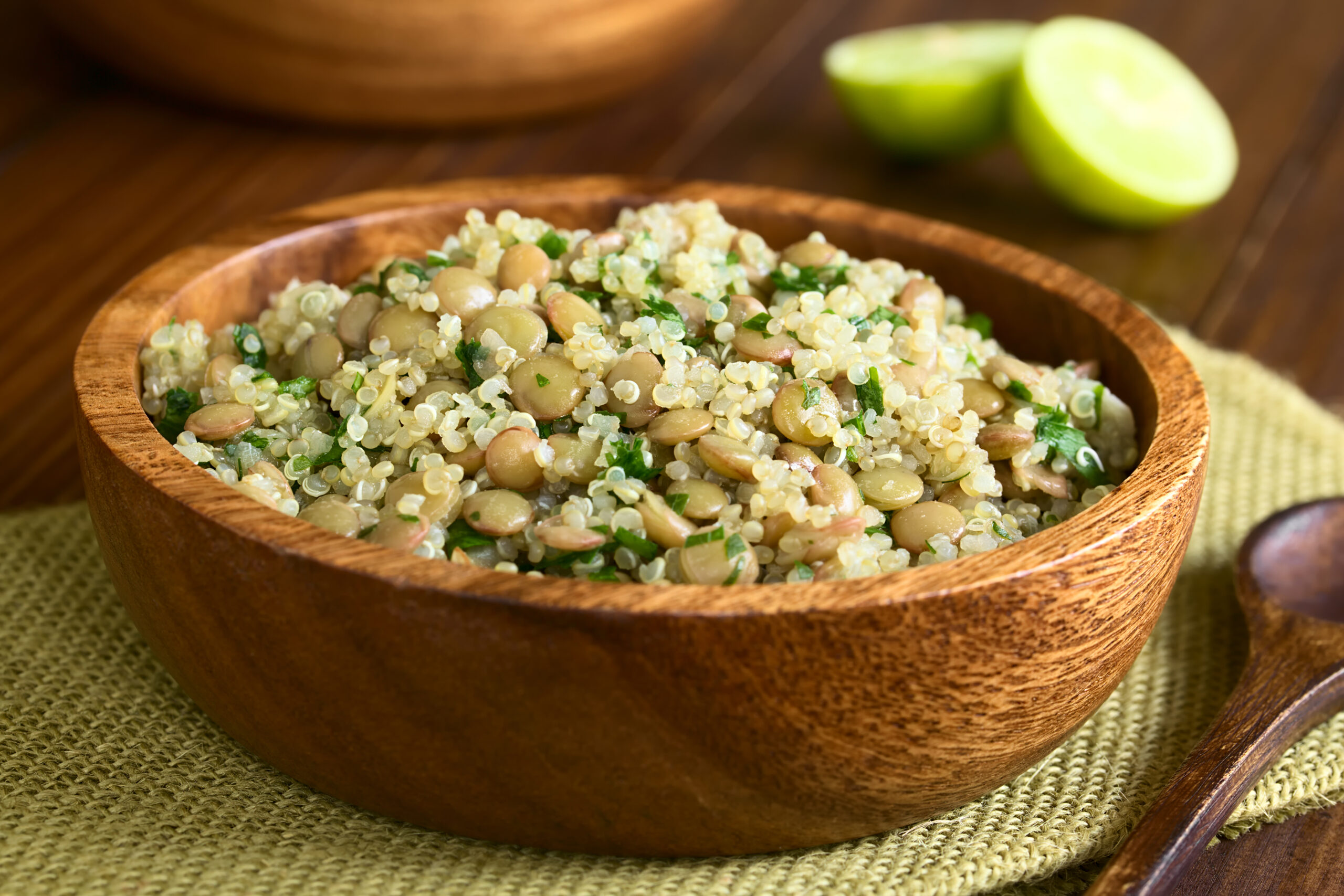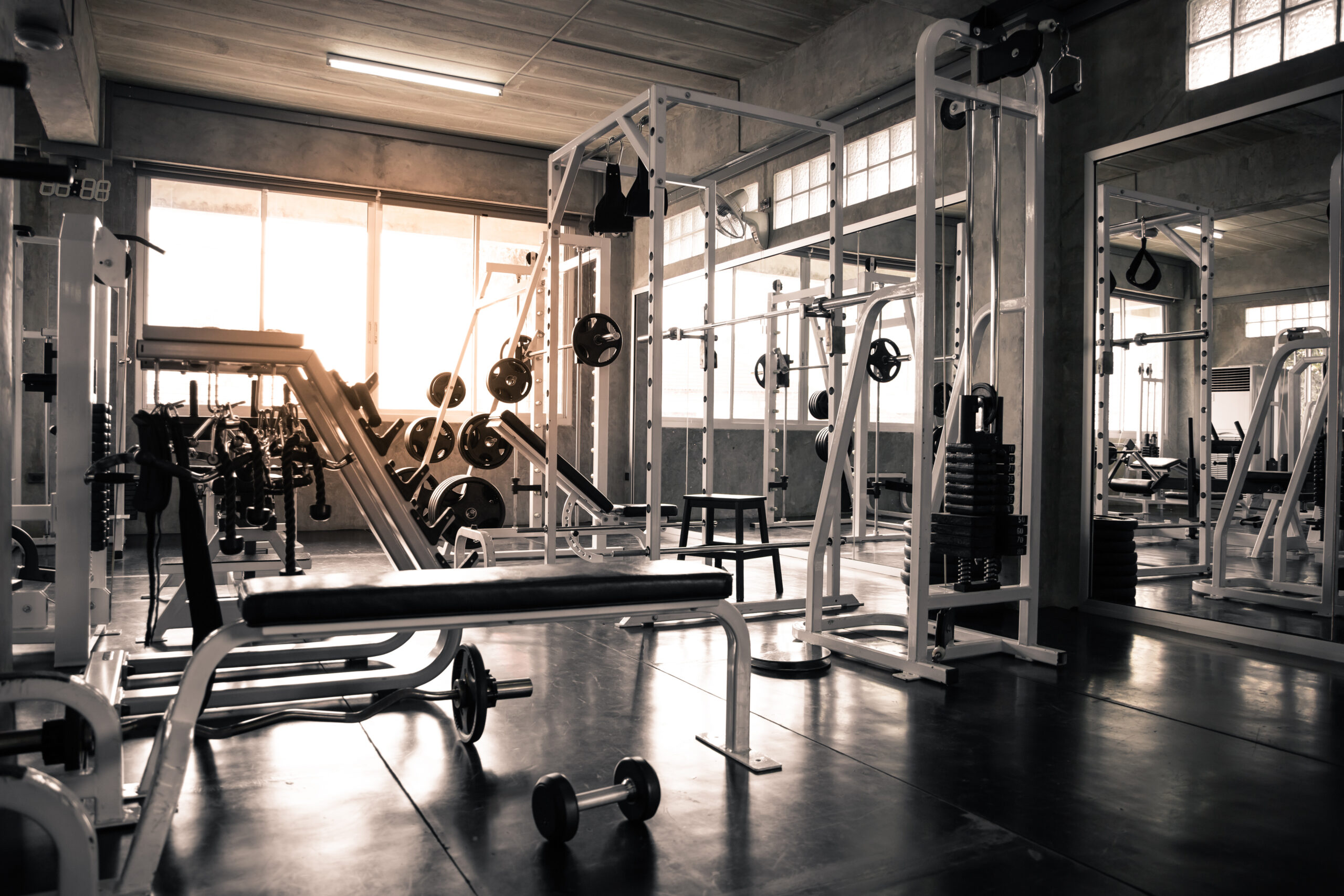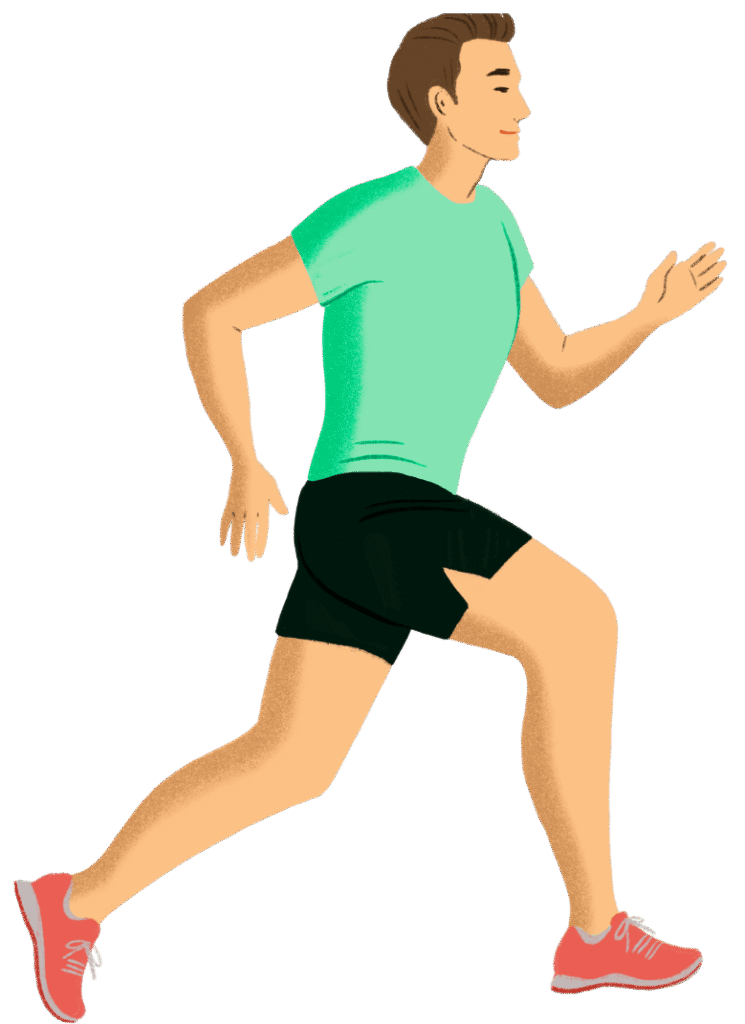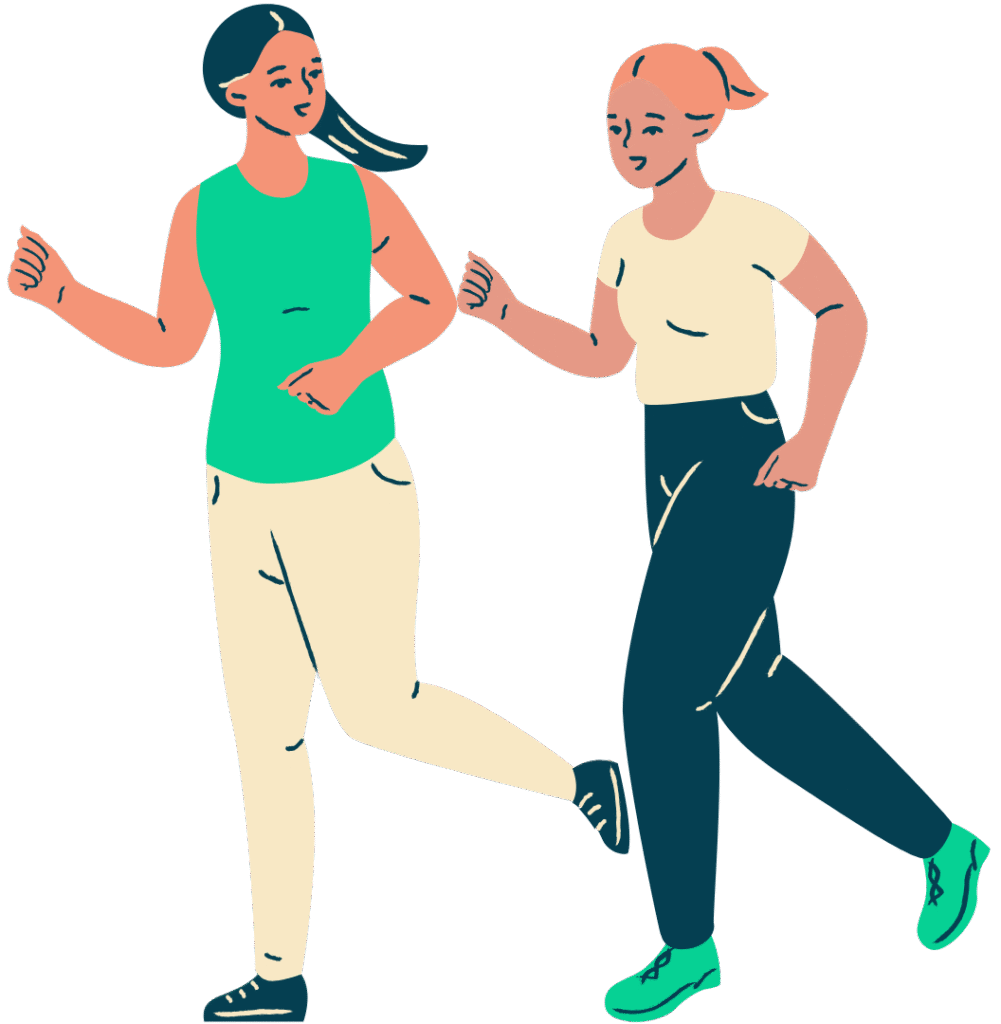Weighted vests have sprinted from military drills to gym floors, promising fitness gains—but do they truly deliver more than hype, or are they just heavy baggage for your health?
Story Snapshot
- Weighted vests are now mainstream, with fitness clubs and influencers driving a booming trend.
- Evidence supports calorie burn and muscle strength, but bone health benefits remain under scrutiny.
- Risks of injury and overuse highlight the need for expert guidance and individualized use.
- The market for weighted vests is projected to surge, yet further research is needed for long-term safety and efficacy.
The Evolution of Weighted Vests: From Military Gear to Fitness Staple
Weighted vests began as a staple in military and tactical training, their purpose simple but punishing: add load, build grit, and prepare for real-world exertion. By the early 2020s, the fitness world caught on, transforming the “ruck march” into “rucking”—a social media-fueled phenomenon where everyday athletes strap on weight and hit the pavement. Fitness chains like Equinox seized the moment, rolling out structured programs and classes centered around the vest. Not just a badge of toughness, the vest became a tool for anyone looking to supercharge routine walks, runs, or workouts.
The surge in popularity wasn’t just aesthetic. Social media influencers, with their before-and-after posts and viral challenges, stoked curiosity across age groups. Weighted vests flooded retail shelves, promising benefits for calorie burn, muscle tone, and even bone strength. The market, once a niche for athletes and soldiers, ballooned to an estimated $205 million in 2024, with projections soaring to $350 million by 2033. This rapid growth signals more than a fad—it’s a shift in how people approach resistance training, especially among adults seeking functional fitness and longevity.
Parsing the Promise: What Science Says About Weighted Vests
Fitness professionals and trainers tout weighted vests for their ability to increase calorie expenditure by 10–15% and boost endurance during aerobic and resistance workouts. Clinical studies support these claims, showing that adding external load raises metabolic cost and challenges muscles beyond bodyweight alone. For older adults, the draw is even stronger: resistance training with a vest may help maintain strength and functional performance as age takes its toll.
Yet, the science draws a hard line between enthusiasm and evidence. Recent large-scale trials, including the INVEST study published in 2023 and ongoing research at Wake Forest University, revealed that while weighted vests aid weight loss and muscle maintenance, they fall short in preventing bone loss during caloric restriction. Small studies offer glimpses of improvement in bone density, but the consensus from peer-reviewed research is cautious. Weighted vests are feasible and generally safe, but they are not a panacea for osteoporosis or aging bones. The clinical verdict: benefits for muscle and calorie burn are real, but claims for bone health require skepticism and further investigation.
Risks, Rewards, and Who Should Wear the Vest
Weighted vests are not risk-free. Experts warn that improper use—such as excessive loading, poor fit, or lack of progression—can lead to joint stress, falls, or musculoskeletal injuries, especially in older adults and those with preexisting conditions. Fitness professionals advocate for individualized programming: start light, progress slowly, and prioritize proper technique. For those with balance issues or osteoporosis, consultation with a medical provider is non-negotiable.
The vest’s greatest asset may be its versatility. For people unable to perform high-impact workouts, it offers a way to increase intensity without running or jumping. This is particularly appealing for older adults, rehabilitation patients, and anyone looking to squeeze more benefit from daily movement. Still, anecdotal success stories proliferate faster than rigorous evidence. The difference between safe, effective use and injury risk lies in education, supervision, and a healthy dose of skepticism toward influencer claims.
Market Momentum and the Road Ahead
With fitness clubs launching dedicated vest programs and manufacturers racing to meet demand, the weighted vest is poised to become a permanent fixture in the fitness landscape. The economic impact extends beyond sales: the trend is reshaping norms around accessible resistance training, driving demand for evidence-based programming, and influencing health conversations among aging populations. While political oversight remains minimal, the possibility of future regulation looms if safety concerns escalate.
The industry now faces a dual challenge: sustain growth while proving long-term benefits. Researchers continue to dissect the vest’s impact on bone health, functional performance, and rehabilitation outcomes. For consumers, the message is clear—weighted vests offer tangible gains for calorie burn and muscle strength, but the jury is out on their role in bone health. As the market expands and science catches up, the weighted vest’s legacy will depend on balancing innovation with caution and common sense.
Sources:
Feasibility and safety of weighted vest use in older adults
JAMA Network Open, 2025: Weighted vest use in weight loss and bone health
Wake Forest University, 2025: INVEST study and expert commentary
Metabolic cost modeling for weighted vest use
Osteoboost: Science and limitations of weighted vests for bone density



